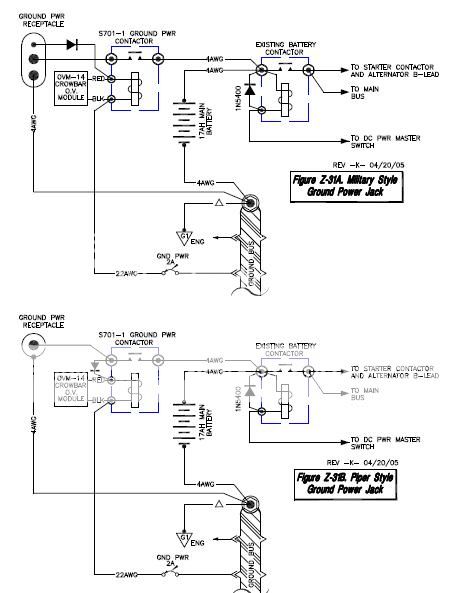mmarmol
Member
Hello there,
I am currently looking into what type of ground power receptacle to put into the aircraft that I am building. The main two options are a Cessna-type three terminal plug and a Piper-type one terminal cylindrical plug.
Are there any pros-cons to each of them?
Is any one of them more/less prevalent in your average GA airport? I think this would be my deciding factor but I have only had to jump an airplane *once* and the FBO there had both plug types (it was a big jet center).
Thanks for the help guys!
~Miguel
I am currently looking into what type of ground power receptacle to put into the aircraft that I am building. The main two options are a Cessna-type three terminal plug and a Piper-type one terminal cylindrical plug.
Are there any pros-cons to each of them?
Is any one of them more/less prevalent in your average GA airport? I think this would be my deciding factor but I have only had to jump an airplane *once* and the FBO there had both plug types (it was a big jet center).
Thanks for the help guys!
~Miguel






